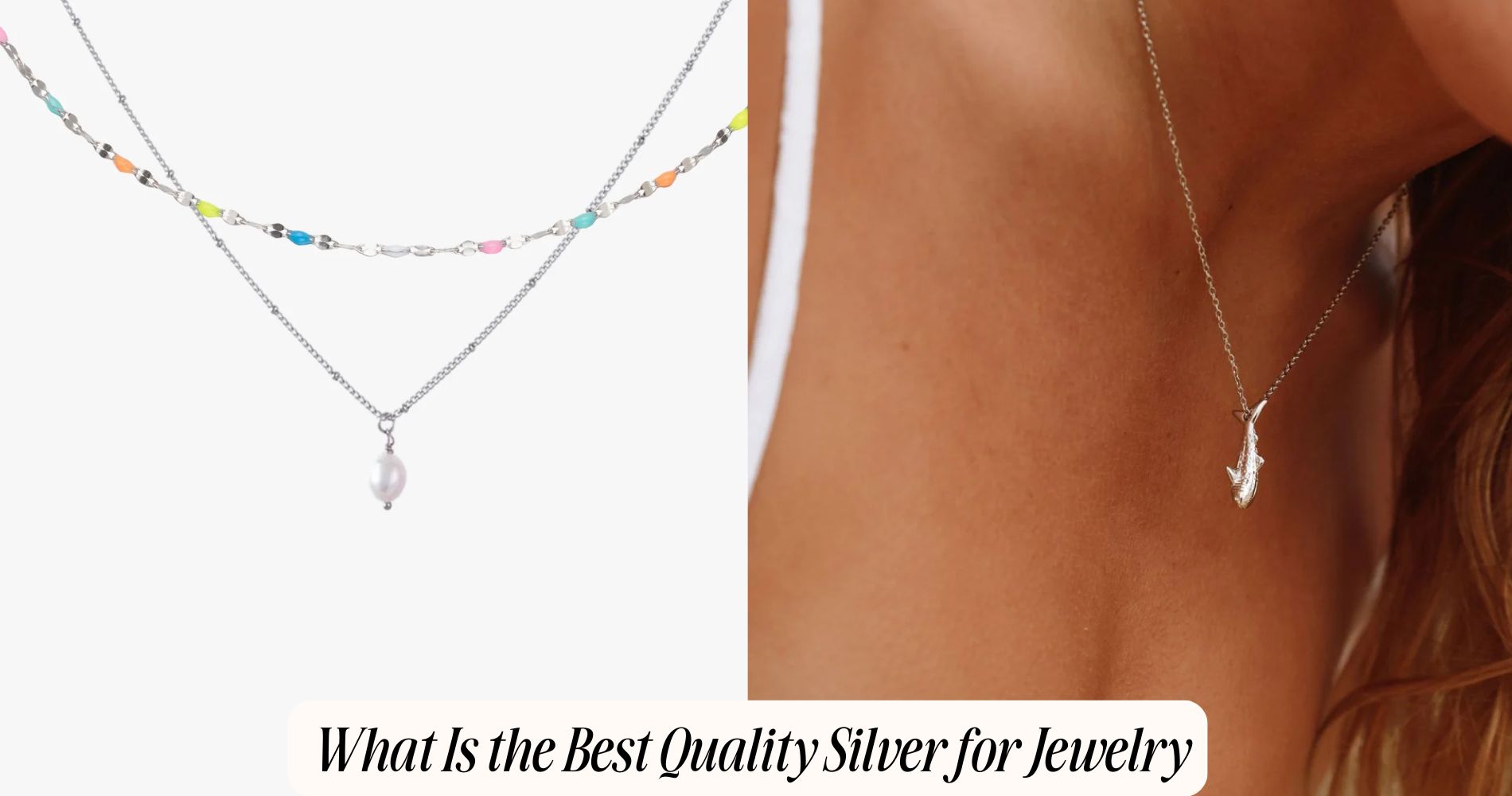
What Is the Best Quality Silver for Jewelry
If you’ve ever wondered what is the best quality silver for jewelry, it often comes down to 925 sterling or Argentium silver. Both offer an ideal mix of high silver content, strength, and tarnish resistance. Sterling (92.5% silver with copper) is durable and maintains its shape for everyday wear, while Argentium (a modern sterling alloy with germanium) provides superior tarnish resistance and hypoallergenic comfort. Pure 999 silver, though beautiful, is softer and better suited for low-wear pieces. Always check for hallmarks like “925” or assay marks to confirm authenticity—especially when selecting timeless pieces like those in our Simple Silver Necklace collection.
Understanding Silver Purity and Hallmarks
Although “silver” sounds straightforward, purity varies widely, and hallmarks are your primary proof. You should read stamped marks as quantified specifications, not decoration. Look for a numeric fineness (e.g., 999, 958, 925) and an assay office or maker’s mark. Together they verify composition and traceability, defining hallmark significance. Absence of a fineness stamp or mismatched symbols signals risk.
Use silver grading to interpret standards: fineness numbers reflect parts per thousand of elemental silver. Cross-check the cartouche shape, font, and symbol order against official registries to confirm authenticity.
Test questionable pieces with XRF or acid tests, but prioritize documented hallmarks for non-destructive validation. Inspect for over-stamping or blurred impressions, which can indicate tampering. Always align hallmark data with invoices and assay certificates.
Pure Silver vs. Sterling Silver
While both are “silver,” you’re choosing between different alloys: fine (pure) silver at 999/1000 and sterling silver at 925/1000 with controlled copper (or similar) additions.
You’ll notice the difference in performance immediately. Fine silver is more ductile, hypoallergenic, and highly corrosion-resistant, making it ideal for minimal-wear pieces, bezel settings, and art jewelry.
However, it’s soft; prongs deform, clasps creep, and surfaces mar.
Sterling optimizes hardness, tensile strength, and wear resistance through microalloying, so it holds stones, maintains geometry, and tolerates daily abrasion.
It tarnishes faster than fine silver, but regular maintenance reverses sulfide films without structural loss.
For silver applications demanding durability—rings, chains, and functional components—choose sterling.
For silver investments and showcase pieces emphasizing intrinsic purity and luster, choose fine silver.
What 925 Sterling Silver Really Means
Think of “925” as a precise composition spec: 92.5% elemental silver balanced by 7.5% controlled alloying, typically copper. That ratio defines sterling’s silver composition and mechanical profile. You’re not guessing purity; you’re reading a standard that governs hardness, durability, and workability.
Understand the 925 significance: it signals compliance with hallmarking norms and predictable performance under soldering, forging, and stone-setting. The alloying fraction elevates yield strength and wear resistance while preserving luster and conductivity.
You gain a metal that resists deformation in prongs, holds polish, and accepts fine detail without cracking.
Verify stamps such as “925,” “STER,” or “STG,” then confirm with reputable assay data when value is high. When you choose 925 sterling, you’re specifying a known engineering-grade balance of beauty and function.
Argentium Silver: Enhanced Tarnish Resistance
Curious why some sterling pieces stay bright longer? You’re likely looking at Argentium, a modern sterling alloy engineered for superior tarnish resistance.
It still meets the 92.5% silver standard but replaces some copper with germanium. That substitution forms a transparent germanium-oxide layer, slowing sulfur reaction and surface darkening. You’ll polish less and maintain luster longer—key argentium benefits for daily-wear jewelry.
You also gain hardness improvements after low-temperature aging, enhancing scratch resistance and clasp durability.
Argentium fuses and solders cleanly, thanks to reduced firescale, minimizing finishing time and preserving crisp details. It’s hypoallergenic for most wearers, and its whiter tone reflects light efficiently, improving perceived brightness.
When you need precision, longevity, and low maintenance, Argentium delivers a measurable performance edge over conventional sterling.
Coin Silver, Britannia, and Other Alloys
Beyond sterling, several historical and regional alloys shape how silver jewelry performs. You’ll encounter coin silver, typically 900 parts per thousand (90% silver), rooted in U.S. coin silver history where melted coinage supplied metal for craft.
Its higher copper content raises hardness and wear resistance but increases tarnish rate versus 925 sterling. The britannia standard, at 958 parts per thousand, offers greater purity, brighter luster, and improved corrosion resistance, yet it’s softer, so you must engineer thicker sections or reinforcement for durability.
Other alloys include 800–835 continental silver—cost-effective, harder, and more tarnish-prone—and 950 silver blends that balance formability with surface sheen.
Always verify hallmarks (e.g., 900, 800, 958, or “Britannia”) and test with XRF when tolerances, solder flow temperatures, and hypoallergenic claims matter.
Silver Plating, Vermeil, and Filled Options
Several layered-metal approaches let you achieve a silver look without solid precious content: electroplated silver (EP/EPNS), vermeil, and silver-filled.
With silver plating techniques, a base metal—often brass or nickel silver—receives a thin silver deposit via electrolytic baths. Thickness varies widely; sub-micron coatings are purely cosmetic, while 10–20 microns improve durability. EPNS indicates plated over nickel silver, not sterling.
Vermeil uses a sterling silver plating over a solid gold core—or, in U.S. practice, gold over sterling silver; verify local vermeil quality standards: typically sterling substrate, minimum 2.5 microns gold at ≥10k.
Silver-filled bonds a substantial sterling layer—commonly 5–10% by weight—to a brass core through heat and pressure, enabling limited resurfacing and better wear than standard plating.
Best Silver Choices for Everyday Wear
If you want silver jewelry that stands up to daily wear, prioritize alloys and builds that balance hardness, tarnish resistance, and repairability.
Choose Argentium 935/940 for superior everyday durability; germanium additions form a stable oxide that slows tarnish and improves hardness over traditional 925 sterling.
Standard sterling (92.5% Ag) remains a strong utility choice when it’s well work-hardened and finished; it’s universally repairable and resizable.
For high-abrasion zones (rings, bracelets), look for thicker gauge stock, low-profile settings, and tube or bezel-set stones.
Rhodium-plated sterling enhances surface hardness and initial aesthetic appeal, but expect periodic replating.
Consider Continuum or Sterlium alloys for added strength without nickel.
Avoid ultra-soft fine silver (999) for daily wear.
Verify hallmarks, request alloy specs, and assess fabrication quality before buying.
Care Tips to Keep Silver Jewelry Shining
While silver is resilient, it stays brightest when you control moisture, sulfur, and abrasion. Remove pieces before showering, swimming, or exercising.
After wear, wipe with a lint-free, untreated microfiber cloth to remove skin oils and pollutants. Use controlled cleaning methods: a non-abrasive silver polish for heavy tarnish, or a mild dish-soap solution (pH-neutral) for routine film. Avoid toothpaste, paper towels, and baking soda on plated or oxidized details.
Rinse thoroughly with deionized water; dry fully to prevent chloride spotting.
For storage solutions, isolate items in anti-tarnish bags or sulfur-absorbing pouches; add silica gel to reduce humidity below 40%. Keep pieces separate to prevent friction.
Wear rhodium-plated silver last, after cosmetics. Inspect solder joints and clasps periodically; address micro-scratches with professional buffing only.
Frequently Asked Questions
How Does Silver Quality Affect Skin Sensitivities and Allergies?
Silver quality directly influences sensitivities: purer alloys reduce silver allergies and skin reactions. You’ll tolerate 99.9% fine silver best; sterling’s copper can irritate; nickel-contaminated alloys provoke dermatitis. Choose hypoallergenic, nickel-free alloys, rhodium plating, and laser-marked purity to minimize contact sensitization.
Are There Ethical or Sustainable Silver Sourcing Certifications?
Yes. You can verify ethical sourcing and sustainable practices via Fairtrade Gold & Silver, Fairmined, Responsible Jewellery Council CoC, LBMA Responsible Silver, IRMA, and ISO 14001. Prioritize traceability, recycled content certifications, audited supply chains, and transparent due-diligence reporting.
Can Silver Jewelry Be Resized or Repaired Without Damage?
Yes. Jewelers can perform silver resizing and silver repair safely when using sterling-grade alloys, correct solder, and controlled heat. You should expect minor polishing loss; avoid heavily plated, gemstone-set, or hollow pieces, which risk distortion, heat damage, or delamination.
How Does Silver Quality Impact Gemstone Security and Settings?
Silver quality directly affects gemstone security: higher-purity alloys deform, compromising gemstone stability and setting durability; harder sterling or reinforced alloys hold prongs and bezels tighter, resist wear, and maintain tolerances. You should specify work-hardened settings and regular inspection to prevent loosening.
What Insurance or Appraisal Considerations Apply to Fine Silver Jewelry?
You should secure scheduled personal property insurance coverage and obtain a certified appraisal. Verify hallmark, purity, maker’s marks, and gemstone grades. Update appraisal value after market shifts, repairs, or modifications. Document provenance, photos, receipts, and keep periodic reassessments.
Conclusion
You now know how to read hallmarks, weigh purity against performance, and choose alloys that match your use case. For most jewelry, you’ll pick 925 sterling or Argentium for strength and lower tarnish. Consider Britannia for higher silver content, and reserve fine silver for low-wear pieces. Skip thin plating for daily wear; choose vermeil or filled for durability. Store dry, minimize abrasion, clean with non-abrasive agents, and polish sparingly. With precise care, your silver will perform and shine.


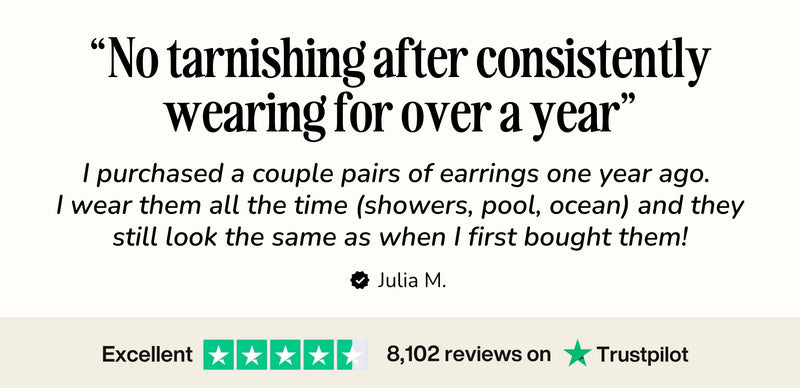




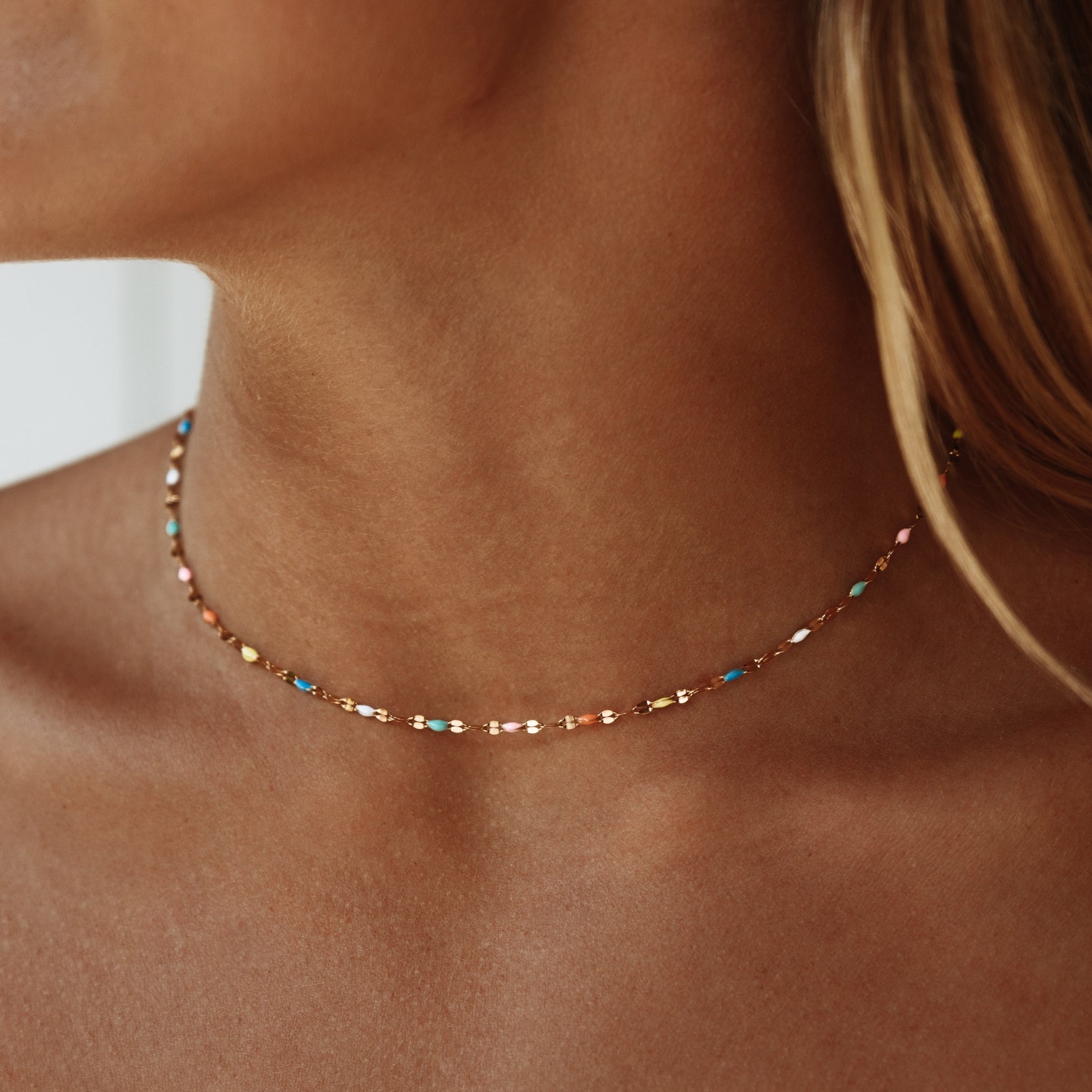
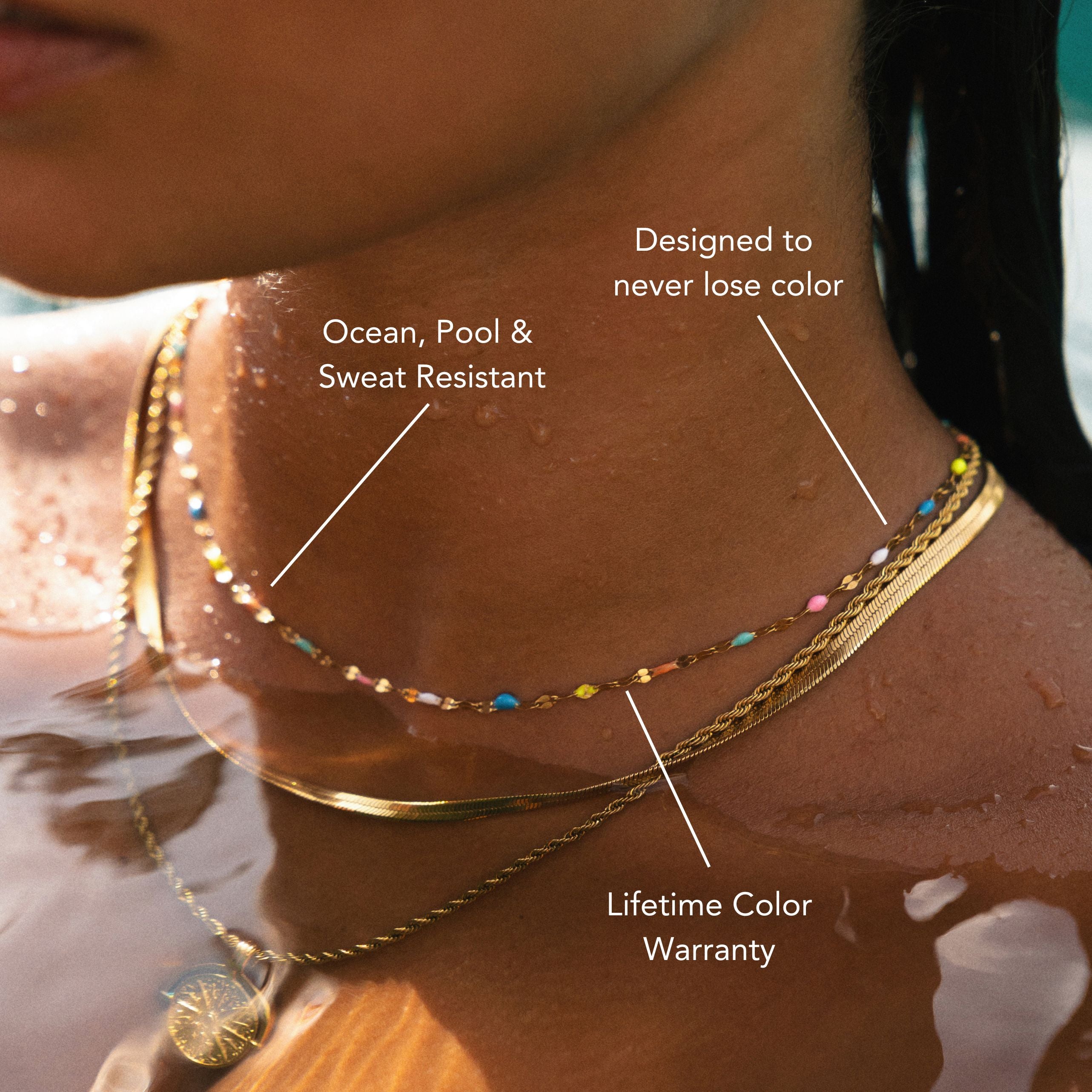
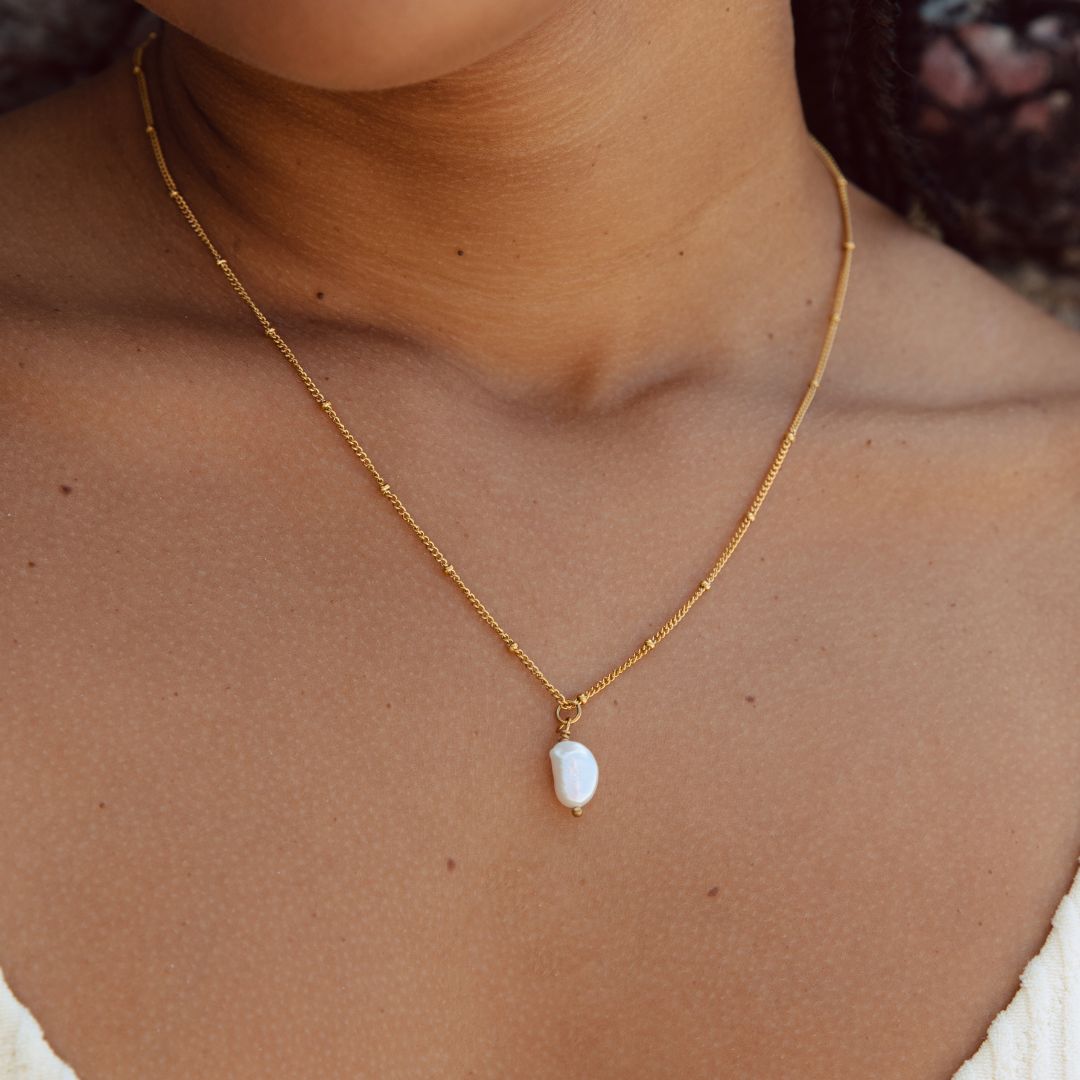
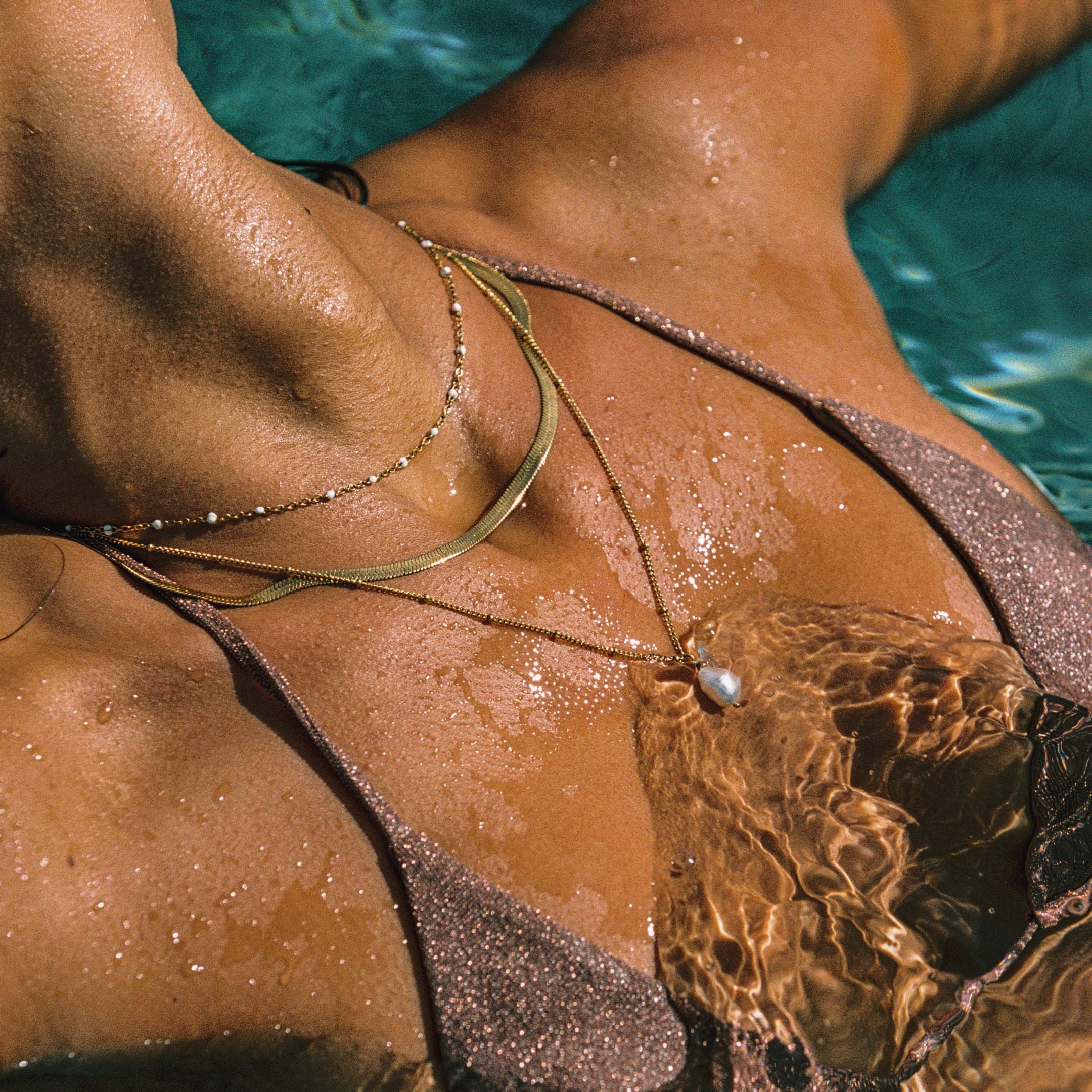
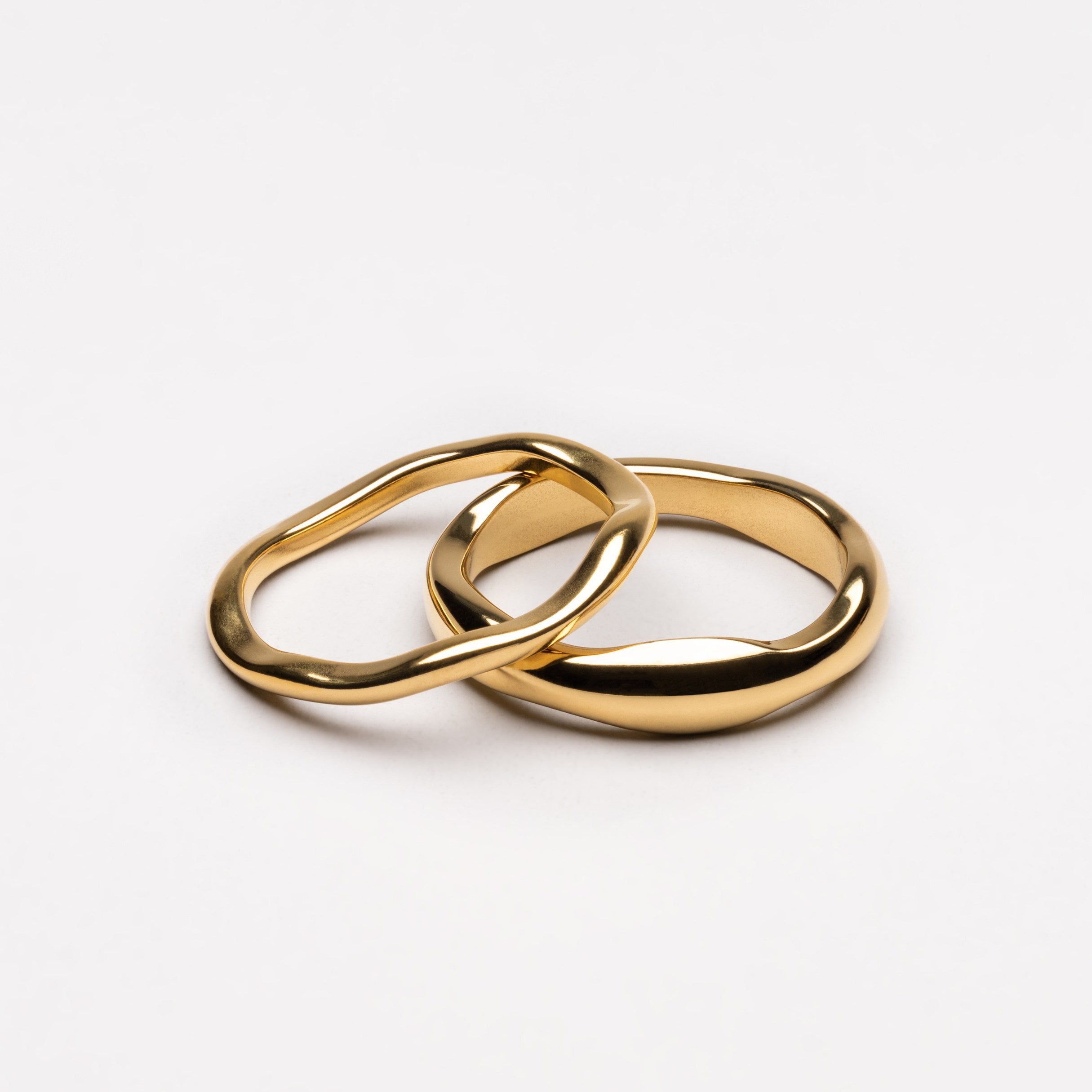
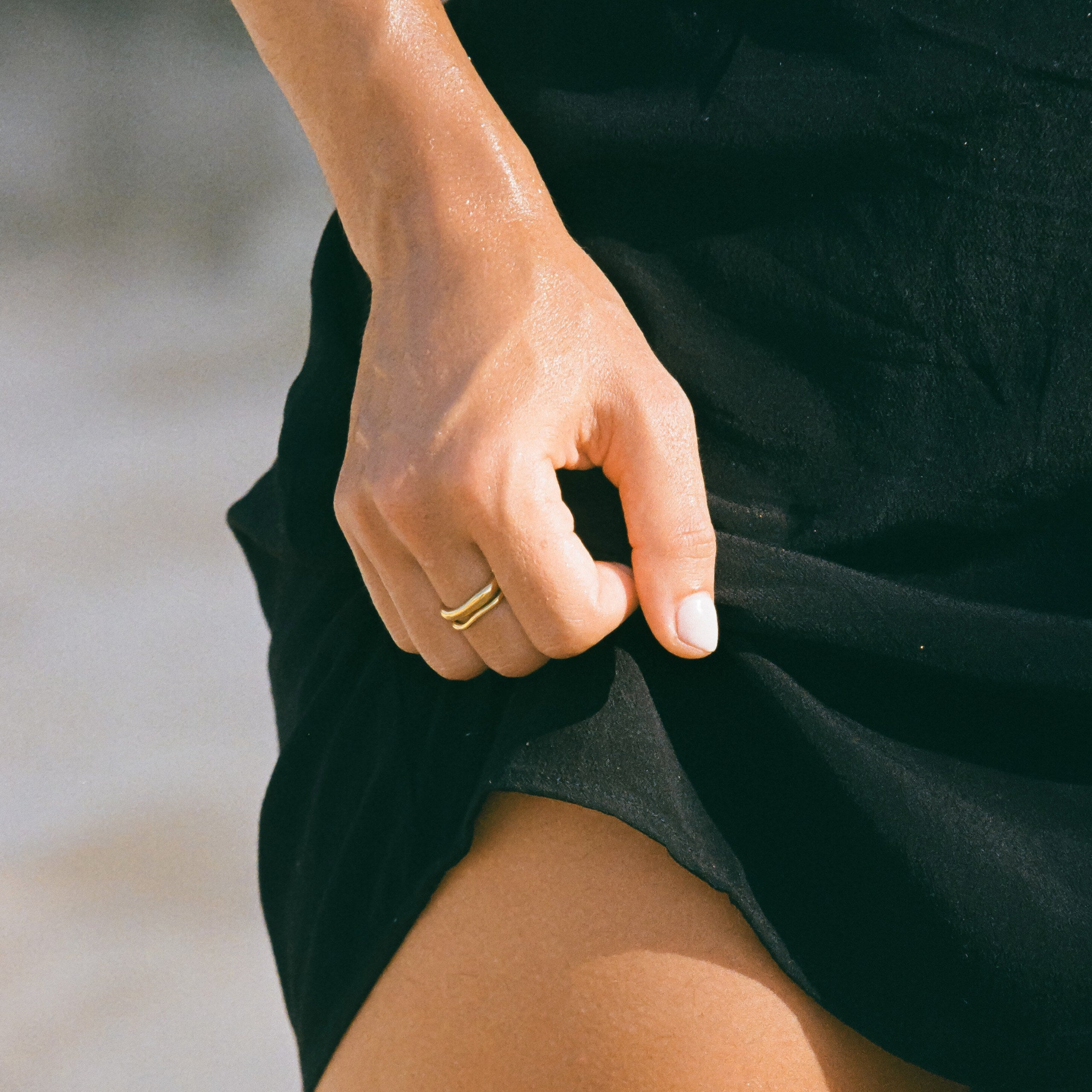
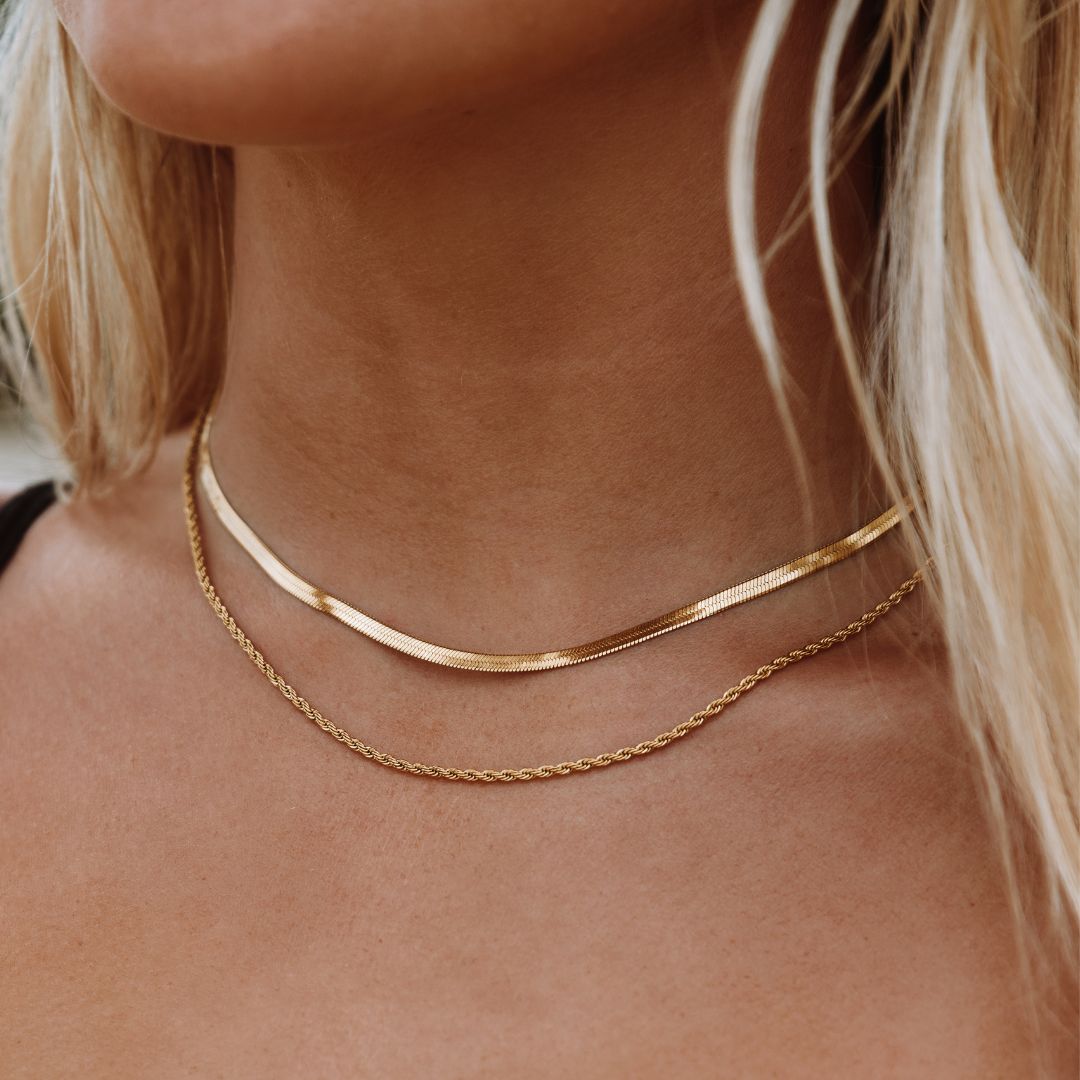
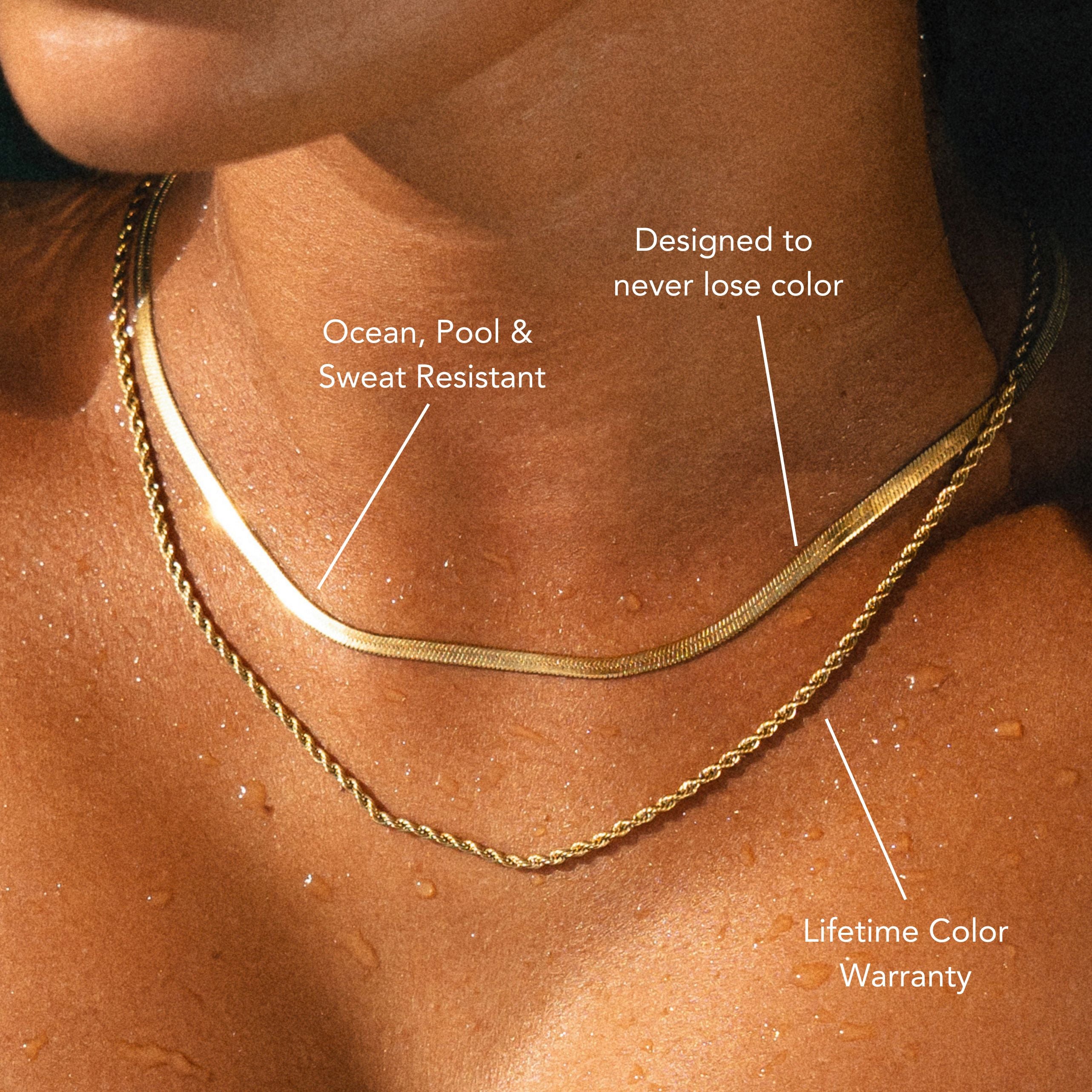
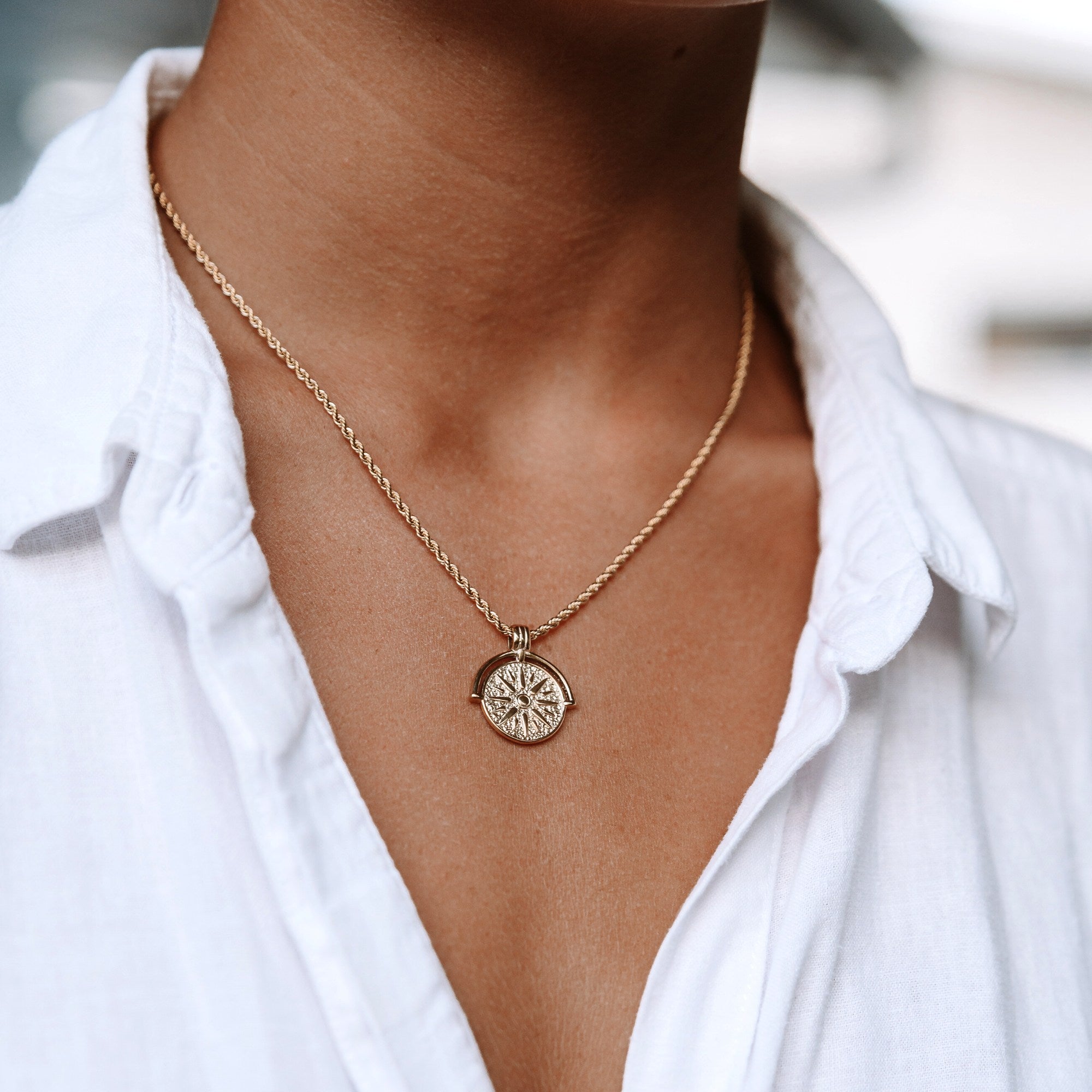
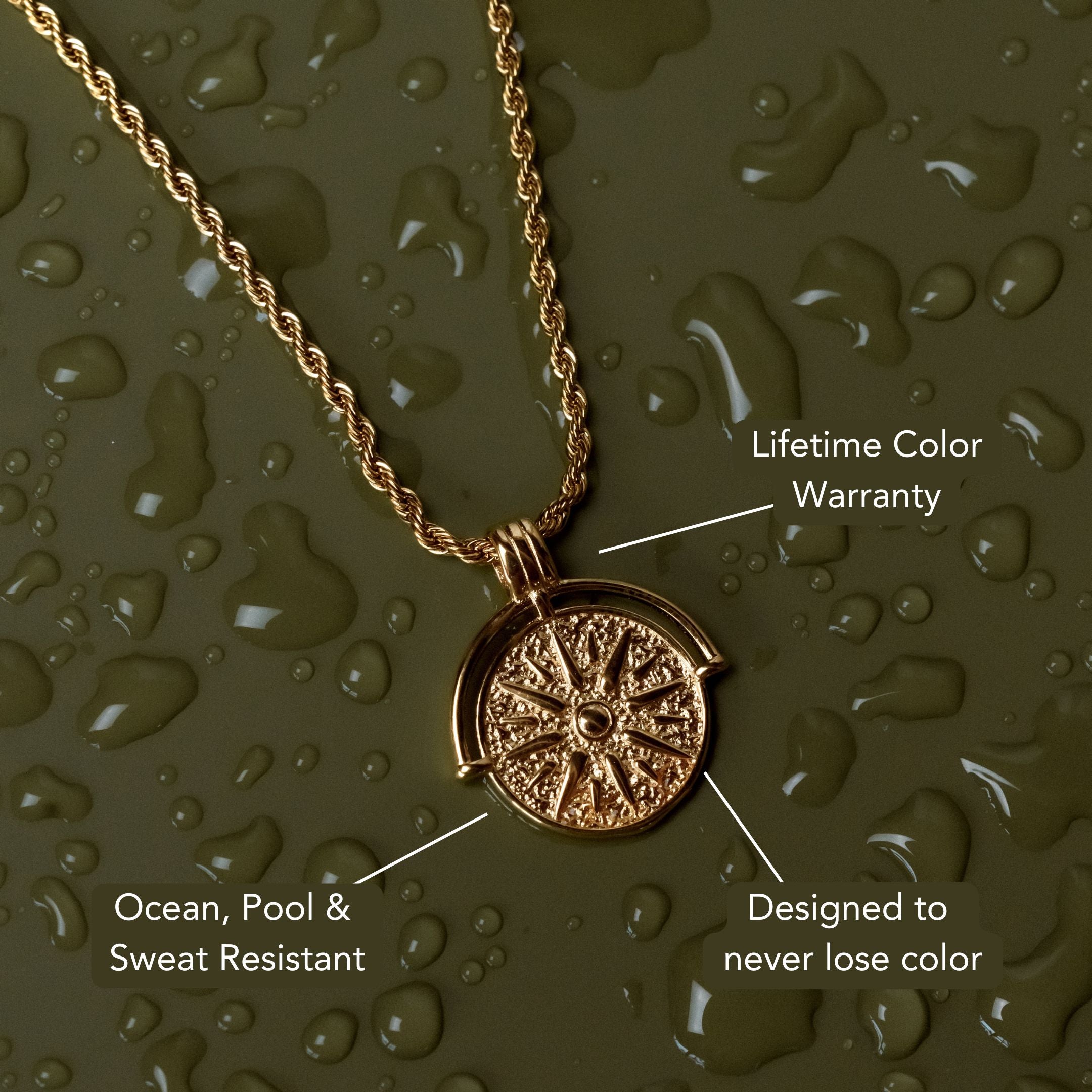
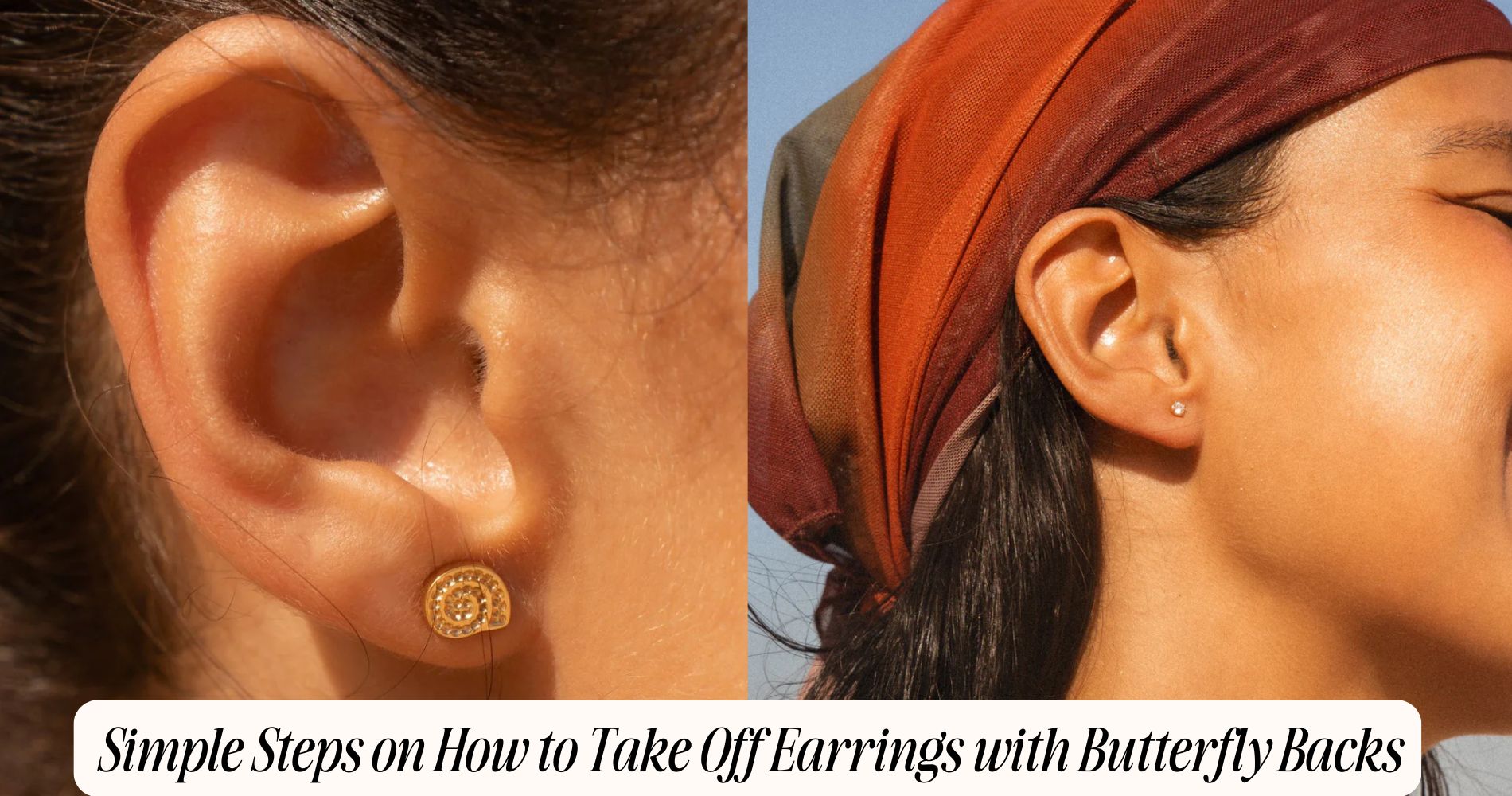
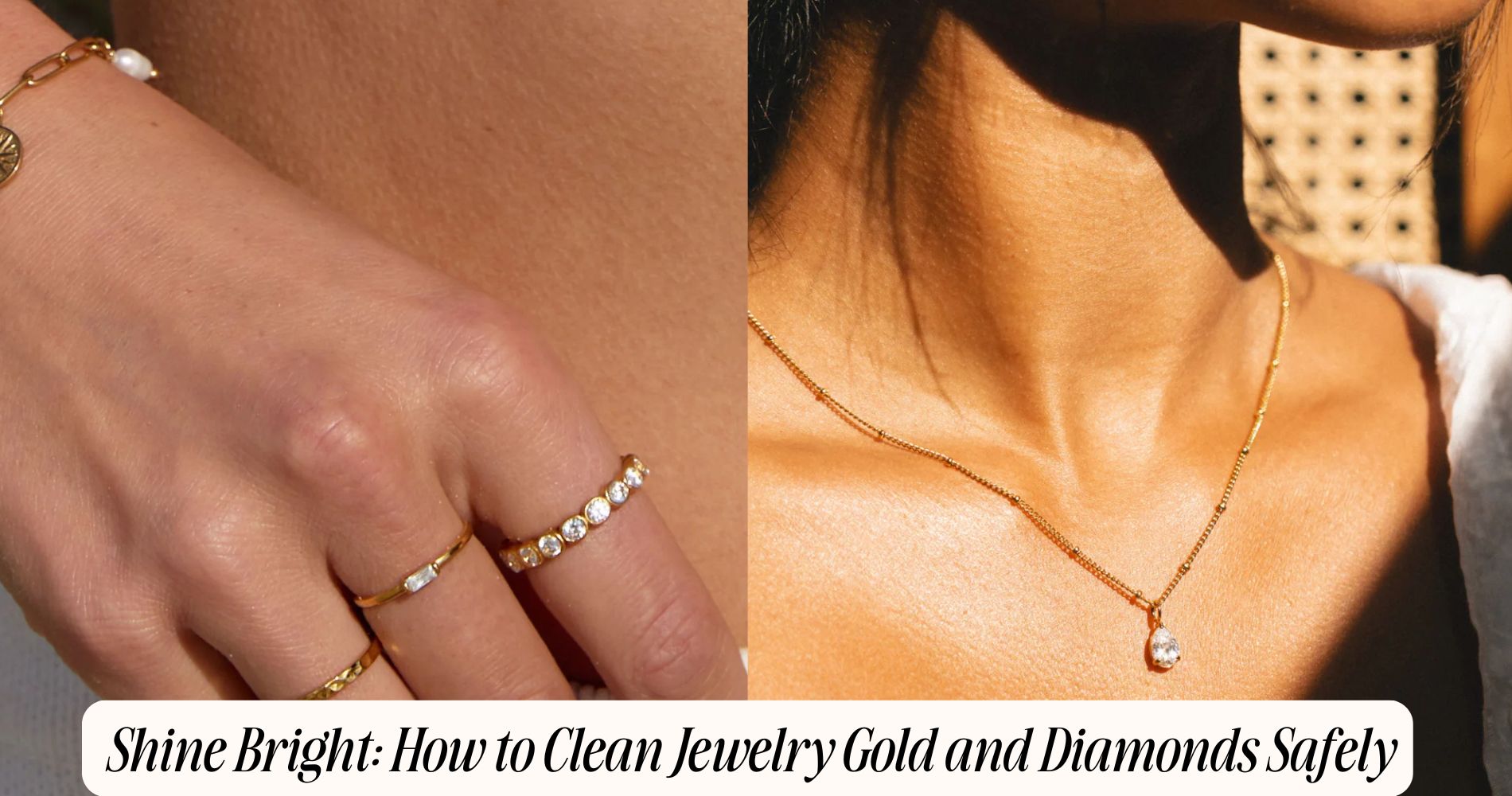




Leave a comment
This site is protected by hCaptcha and the hCaptcha Privacy Policy and Terms of Service apply.